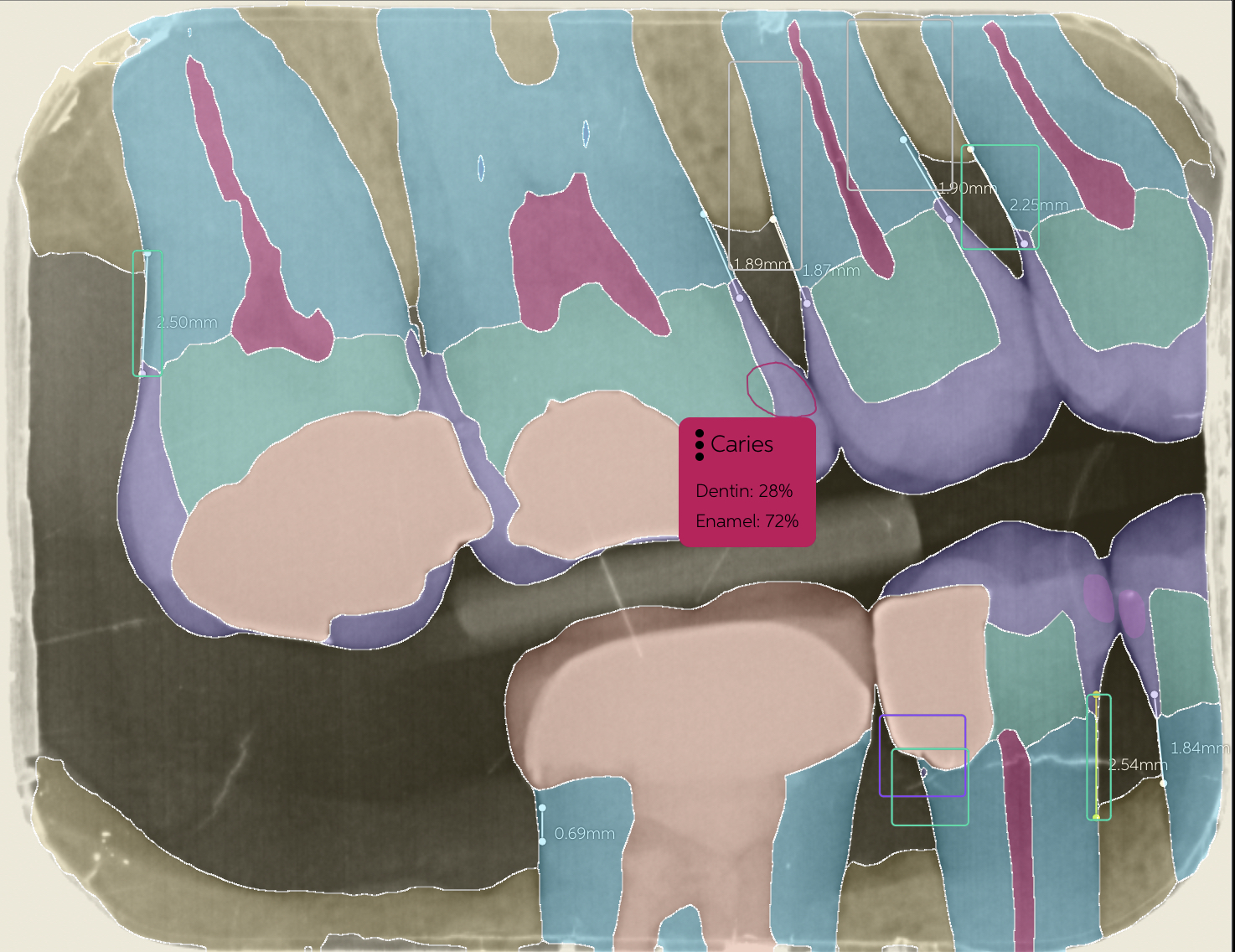
Kunal Rai explains how AI has enhanced his practice, from streamlining processes to improving the reliability of diagnoses.
Please tell us a bit about your artificial intelligence (AI) journey in dentistry
I have a growing interest in the applications and use of AI in dentistry. Prior to my transition to the field of dentistry, I completed an undergraduate degree in computer science with AI. It was from there that I cultivated a curiosity for technology which is still strong today. I started using AI in 2019, mainly for notes taking and treatment planning. I now use it for patient communication, smile design and diagnosing X-rays.
How has it helped to transform your practice?
One skill which is harder to master is interpreting X-rays. The images are not always clear to the naked eye. When you discuss X-rays with another dentist, they will have different interpretations and treatment plans (unless something is quite apparent, such as a deep occlusal cavity or a periapical radiolucency). To mitigate this inconsistency, I searched for a reliable and consistent system for my practice and came across Pearl.
Pearl ensures we are diagnosing synonymously for cavities. It helps to detect bone loss, analyse abnormalities, and provide a more accurate diagnosis to patients. Essentially, it verifies what you’re seeing and helps you to understand the findings better.
As a team, we have been using the Pearl dental AI platform to elevate efficiencies in our practice. All our clinicians can now provide a more consistent treatment with confidence. Our diagnosis is no longer opinionated, invariably creating a better relationship with the patients.


Do you think AI is the future of dentistry?
AI is revolutionising the world around us. It has a future in dentistry. Through predictive analytics, AI can help to reduce human error and provide more accurate diagnoses and treatment plans – potentially reducing litigation and any emotional impact stemming from a GDC investigation.
Additionally, AI can be used to automate tasks and note-taking. This effectively reduces the amount of time dentists spend on paperwork and increasing the time they can spend with patients. It can also help streamline scheduling and record-keeping, allowing the entire practice to run more smoothly and efficiently.
What would you say to those clinicians who may be hesitant to adopt AI?
AI can change dentistry. However, I don’t believe it will completely replace dentists. Dentistry performed by machines and without human interaction does not represent clinical care. Devices cannot provide clinical intuition or empathy, which is essential to personalised care and professionalism.
I believe we should embrace the opportunities AI brings to our field and improve our working methods. Dentists would benefit by leveraging AI systems as additional tools to improve the precision of diagnosis, treatment planning, and treatment result prediction. The return on investment is too high to simply ignore, as it will boost productivity and provide a better work life balance. This holistic approach to patient care will be more accurate, profitable and trusted by our patients.
For more information on dental AI, visit www.hellopearl.com.


